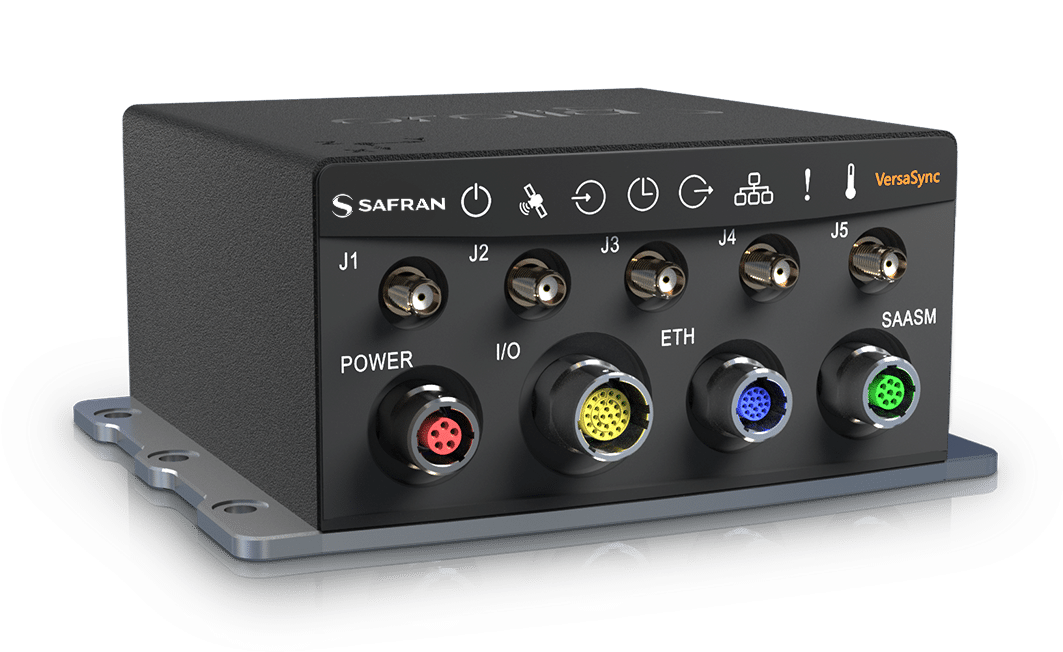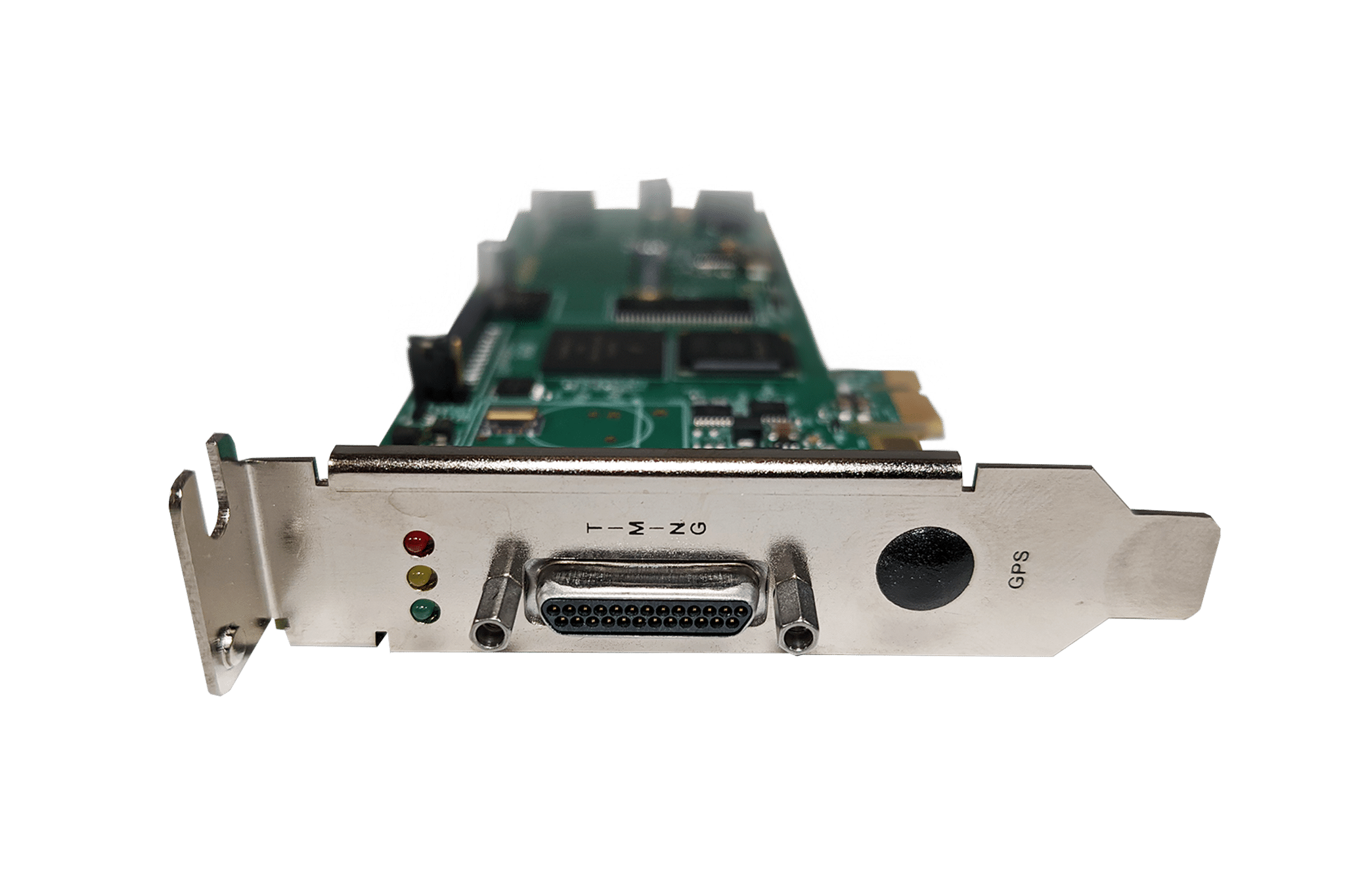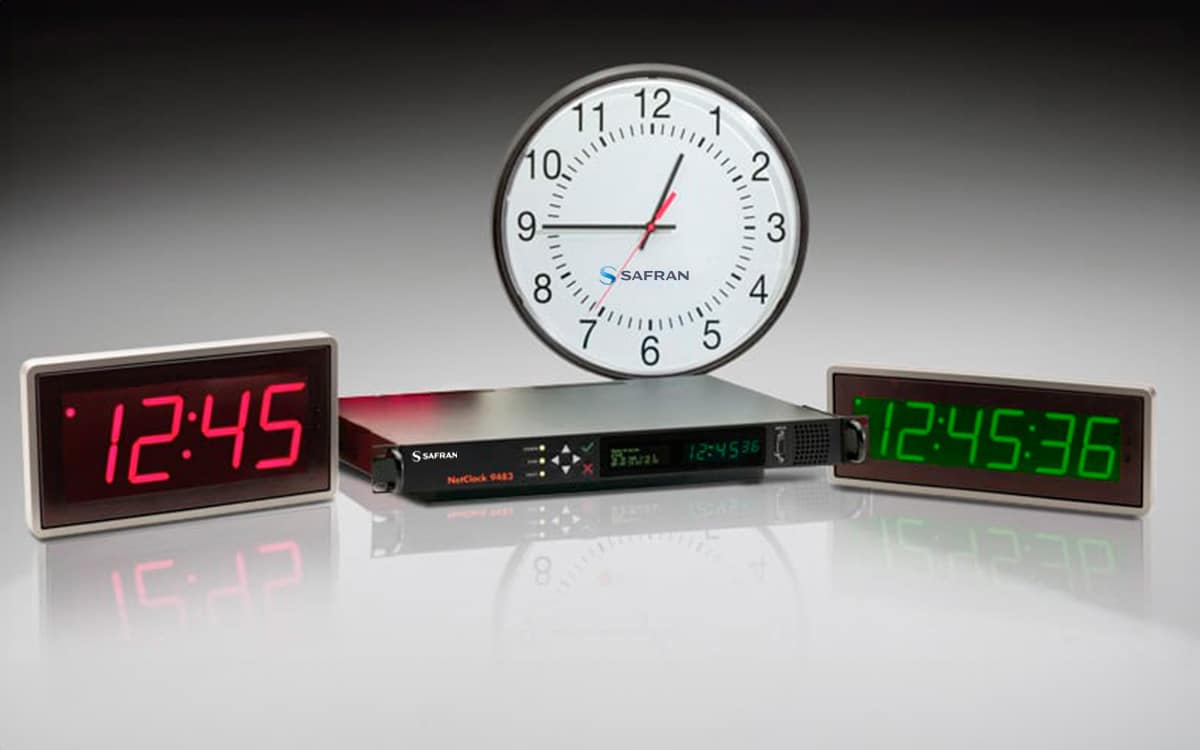Time Servers
Master Clocks and Timing Solutions
Precision timing is critical for defense, commercial industries, and powering essential network operations.
Safran offers network time servers and solutions for precise synchronization, security, compliance, and adherence to resilient timing best practices.
Whenever accuracy, safety, security and reliability are critical, Safran leads the way.
Why You Need An NTP Time Server


White Rabbit: Sub-Nanosecond Timing
White Rabbit is a collaborative project including CERN (the European Organization for Nuclear Research), GSI Helmholtz Centre for Heavy Ion Research and other partners from universities and industry to develop a fully deterministic Ethernet-based network for general purpose data transfer and sub-nanosecond accuracy time transfer.



